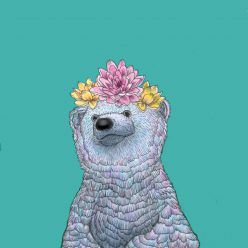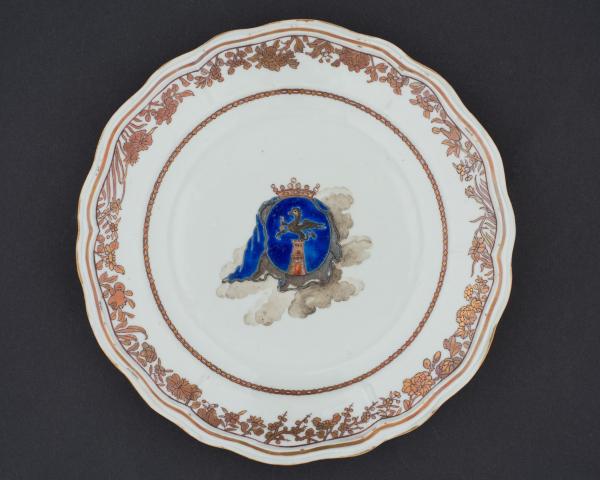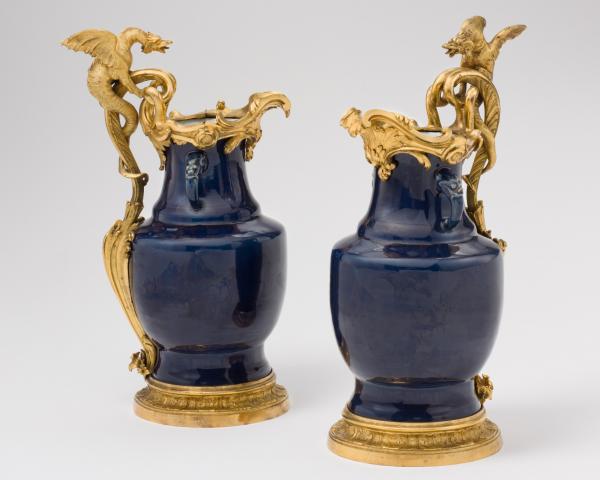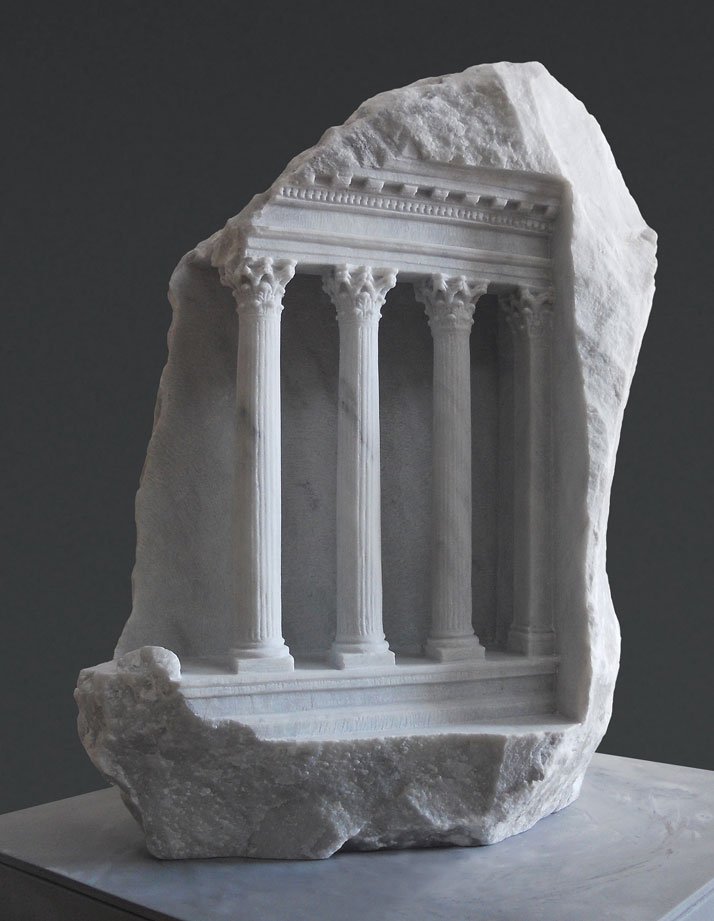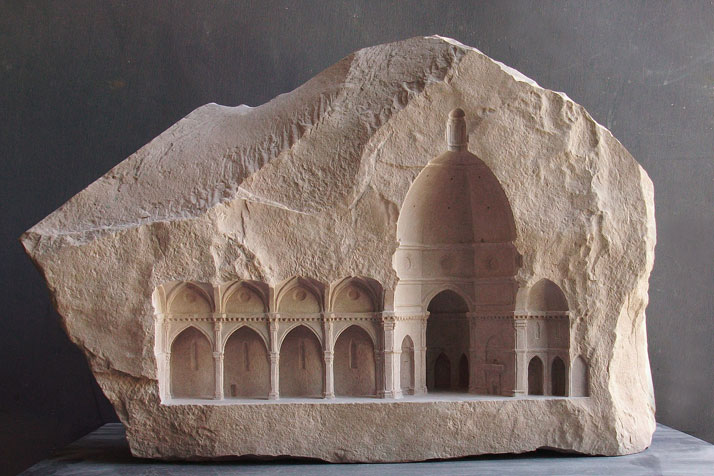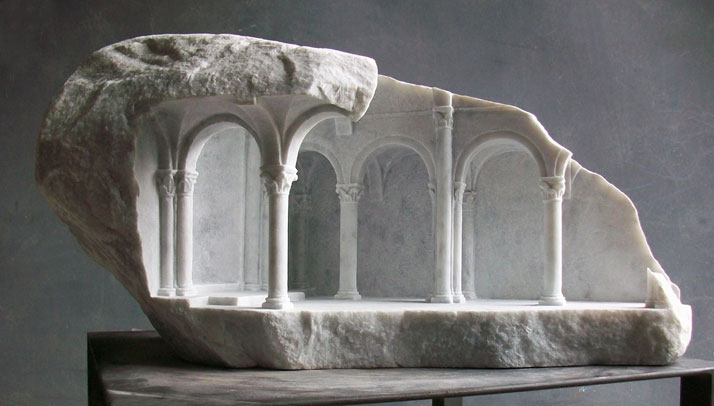Plate with the Arms of the Gyllenborg Family
Material(s): Porcelain
Origin(s): China around 1755
From all the ceramics and porcelain wares found in the Trade Gallery in ACM, these Armorial porcelain plates caught my attention. Although small in size, the Gyllenborg coat of arms were painted with such attentiveness, capturing the intricate designs of the arms and borders. The elaborate border contrasts against the somewhat simple family crest yet the gold from the gilding accentuates and complements the vivid deep blue colour of the crest. Thus, the highly detailed painting emanates an aureate element to the plate.
The gilt border uses vegetal forms such as flowers and leaves which come in many variations or perhaps different species native to Sweden. This border encircles an enamelled centre which features a family’s coat of arms. The crest features a golden crown resting atop a vivid deep blue oval suggesting nobility. Within the oval lies a miniature turret with a dark, winged creature posing on top of it. The creature has spikes on its back and claws arching outwards. Enveloping the blue oval, a dark greyish border along with some blue on the left are draped around it. Also, smoky greyish clouds are illustrated surrounding the crest’s bottom and left. Although it may be perceived that these clouds were part of the Gyllenborg’s crest, there was a funny and memorable story behind them. The clouds were an artistic mistake – things get lost in translation. So the story goes that the drawing of the Gyllenborg crest were damaged while being transported to China, and the “clouds” seen were not part of the drawing. The crest was smeared while being transported and the Chinese artist dutifully copied the details of the crest including the damage and thus, capturing and preserving the mistake for hundreds of years to come.
The floral inspired design of the gilt border can be seen in the form or shape of the plate whereby the edges of the plate is curved in an inconsistent yet symmetrical manner. The edges bend and curves in a specific pattern to create and ornate, attention to detail aesthetic. The gilded stylised floral decorations are reminiscence of the Rococo or Late Baroque style which modelled after nature along with the abundance of curves. As the plates were made for a noble family, the usage of gilding emphasises on their wealth and social status as the presence of gold gives off the impression of richness. In my opinion, the gilding is mainly found on the rim and outer edge of the plates as when food is served, the food itself covers the middle portion of the plate but the outer edge remains untouched. Hence, going back to my previous point, the first thing the diner sees is the gilding and thus is reminded of the family’s social status.
